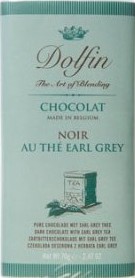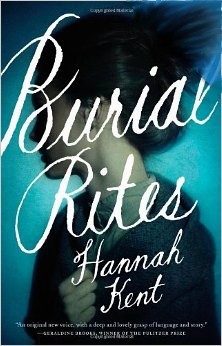 Links.
Links.
 Booker Prizes.
Booker Prizes.
 Chocolate.
Chocolate.
 Books read.
Books read.
 Best books read in 2014.
Best books read in 2014.
| Best book read in 2014: |
Hannah Kent's Burial Rites: a Novel (2013),
her first: a historical fiction set in Iceland.
Gripping and brilliant, it's set in the early nineteenth century,
in rural Iceland, where a woman accused of murder is temporarily housed at a farm as a servant.
Kent's plot, characters, and writing are all powerful and memorable.
Her structure is especially excellent,
interleaving historical documents and events
with her invented scenes and actions and conversations.
|
 Best writers of poetry and prose
Best writers of poetry and prose
 Harry Potter;
also Harry Potter en Español.
Harry Potter;
also Harry Potter en Español.
 Why read a book?.
Why read a book?.
 New books on Spirituality
by Pagels, Ehrman, et al.
New books on Spirituality
by Pagels, Ehrman, et al.
My chocolate of choice:


